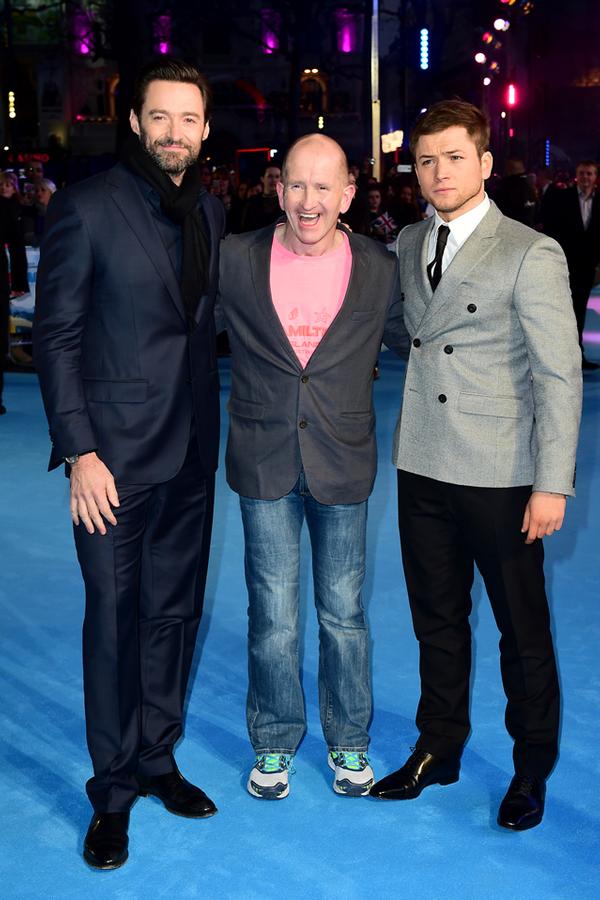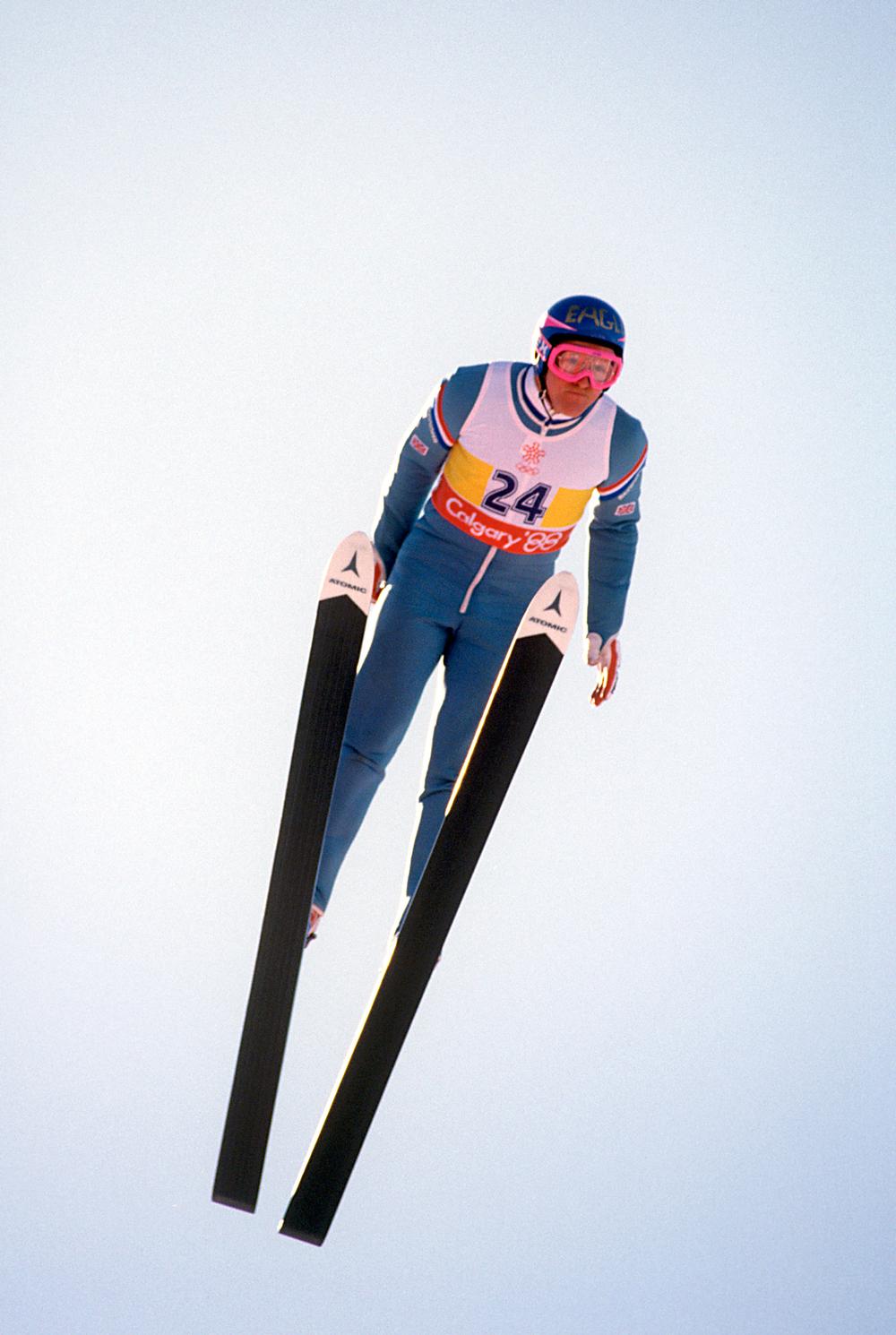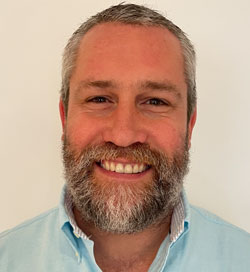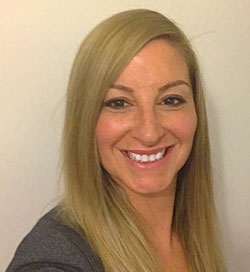SIBEC Europe marked its 21st year with the gathering of over 230 industry figures at the Don Carlos Resort in Marbella on the 8 to 11 November 2017. The event provided UK and European operators from the private, local authority and trust markets with an opportunity to meet with key suppliers. With ongoing Brexit discussions dominating the political stage, more delegates than ever valued the opportunity to explore solutions and identify challenges in uncertain economic times as the UK prepares to leave the EU on Friday 29 March 2019.
The event was opened by the keynote speaker, Olympic ski jumper Eddie ‘the Eagle’ Edwards, who shared the dramatic story of how he became Great Britain’s first Olympic ski jumper since 1929, representing the country at the Calgary Winter Games in 1988. Following the runaway success of the 2016 Hollywood blockbuster film 'Eddie the Eagle', his story is now reaching a new, younger audience and the Olympian has been busy visiting schools and universities, inspiring students with his never-say-die attitude. We talk to Eddie about how sport has transformed his life.
Where did your Olympic ambitions come from?
My dream to get to the Winter Olympic Games started when I was about eight years old. I loved watching sport on TV, especially the popular sports show Ski Sunday. When I was 13, I had the opportunity to go on a school skiing trip to the Italian Dolomites and luckily enough, just 10 miles away in Gloucester, I had access to one of the biggest dry ski slopes in the country where I could practice and have a few lessons. I did my first ski jump on the school ski trip, which I did as a dare after only skiing for a day and a half. Just 11 years later, my love for the sport took me to the Winter Olympics.
Have you always been a determined individual?
I’ve always loved proving people wrong. Since I was a boy, people were always telling me I couldn’t do things. In my life as a skier, the more people told me I couldn’t do something, the more it inspired me to prove them wrong. I proved everybody wrong when I went to the Calgary Winter Olympics.
How has having a strong mental attitude been a factor in your career?
In ski jumping, you can’t have any doubts whatsoever. When you’re sitting 550ft up, on the bar of a 120m jump, you just want to jump the furthest you can. To achieve that, you will risk more than you’ve ever risked before. If you get any part of the take-off sequence wrong, the consequences can be horrendous and if there’s any doubt, that will magnify as you start to go down the jump. I’ve always had great self-belief and even now I still get just as excited when I put on a pair of skis as when I did when I first started 40 years ago. I just love the sport and I was very lucky to find something that I was so passionate about and it still excites me now.
What have been your enduring memories of the 1988 Winter Games?
A memory that will never leave me is sitting on the bar, high on top of the 120m ski jump and there were 90,000 people in the arena, all chanting ‘Eddie, Eddie’. It was such a special moment for me and even now, 30 years later, it still makes the hairs on the back of my neck stand on end when I think about it.
Where did you get your nickname?
It was a name given to me by a group of supporters from Shell Oil’s head office in Calgary after they saw an interview I did for BBC News. Despite being Britain’s first Olympic ski jumper, I didn’t have any sponsorship deals but I had an amazing response from the public, who all wanted to help. People were sending me thousands of pounds via the BBC and a reporter was sent over to Calgary. The BBC interview was then shown on Canadian TV and the media interest just escalated from there.
What was the biggest sacrifice you made to get to Calgary?
I don’t feel like I made any sacrifices, but something that had to take second place was my education. Once I started skiing at 13, it was all I wanted to do. Although I did reasonably well at school, all I wanted to do when I left was to get into skiing. When I came out of retirement in 1995, I had the original ambition of getting into the 1998 Olympics. However, I ended up going back to education after I was blocked from competing by various federations. I did some GCSEs through distance learning, took my A levels, then studied for a law degree at De Montfort University in Leicester. If my children wanted to follow the same path, I would support them and explain that you can always return to education at any stage of your life.
What is your involvement in the sport?
Although I’m no longer involved in British skiing, I ski and continue to undertake promotions for various initiatives. I’ve worked with the Chill Factor, the UK’s longest indoor ski slope in Manchester, to encourage six to 18 year olds into the sport. I’ve also supported Sport England, and I also visit schools and universities to give talks about never giving up and following your sporting ambitions.
I’d like to see skiing become a more accessible sport. It seems very little has changed since I first started. There needs to be far more investment in grassroots participation and it’s an ideal time to start afresh. Dry ski slopes and indoor ski slopes are great for getting more people involved, but it has to be affordable and more inclusive.
What would you do to help more people get involved in skiing at grassroots level?
We hear a lot of talk about the Olympic legacy and I would absolutely love to see more and more people taking up the sport. In the UK, we don’t have real snow ski jumps or ski jump centres, but it’s something that I’d like to see happen in the future. It's vital if we're to start investing in homegrown talent. With the right facilities, I believe that in 10 years we could have some world-class ski jumpers and that's something I’m looking at getting involved with in the future.

























































